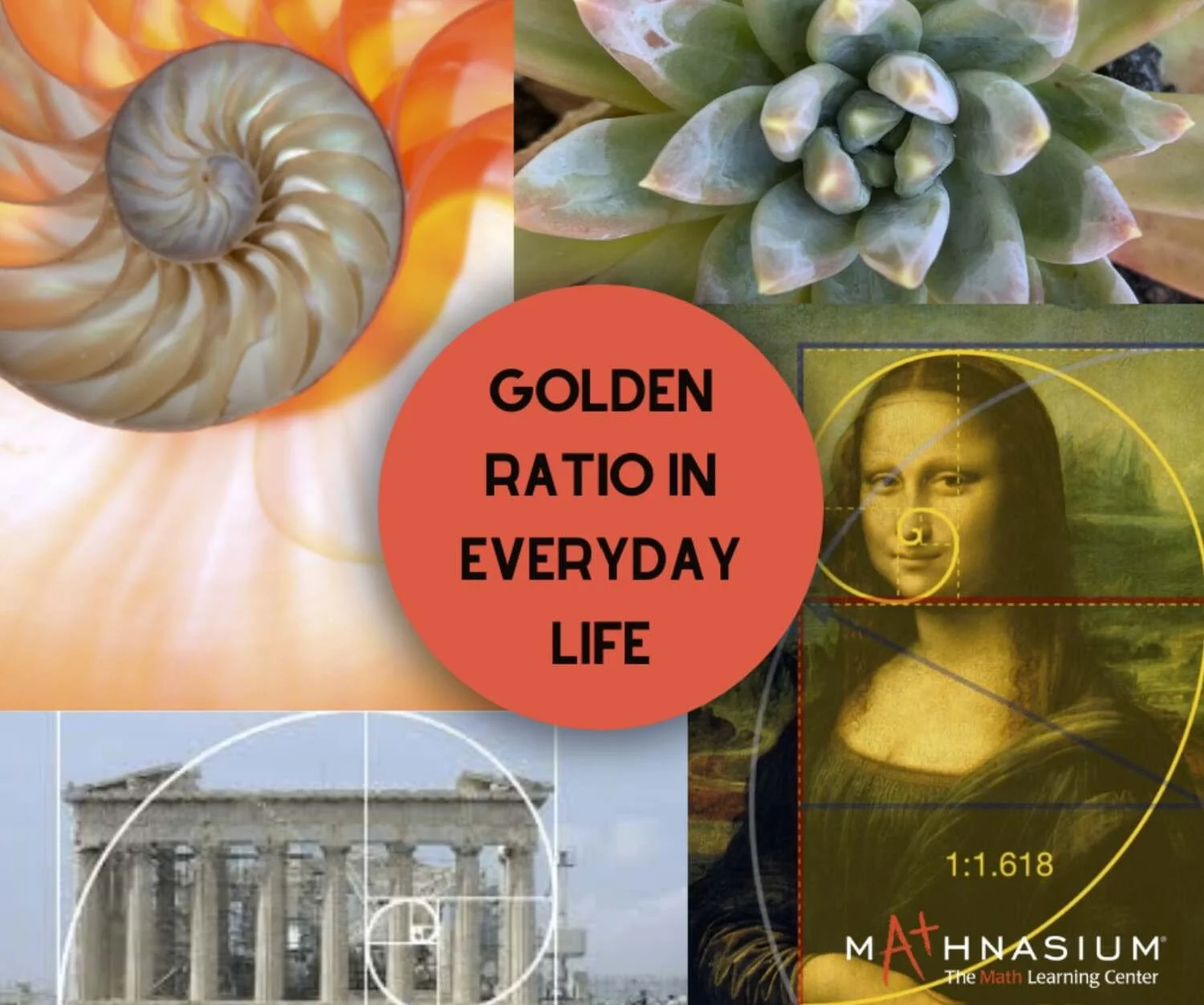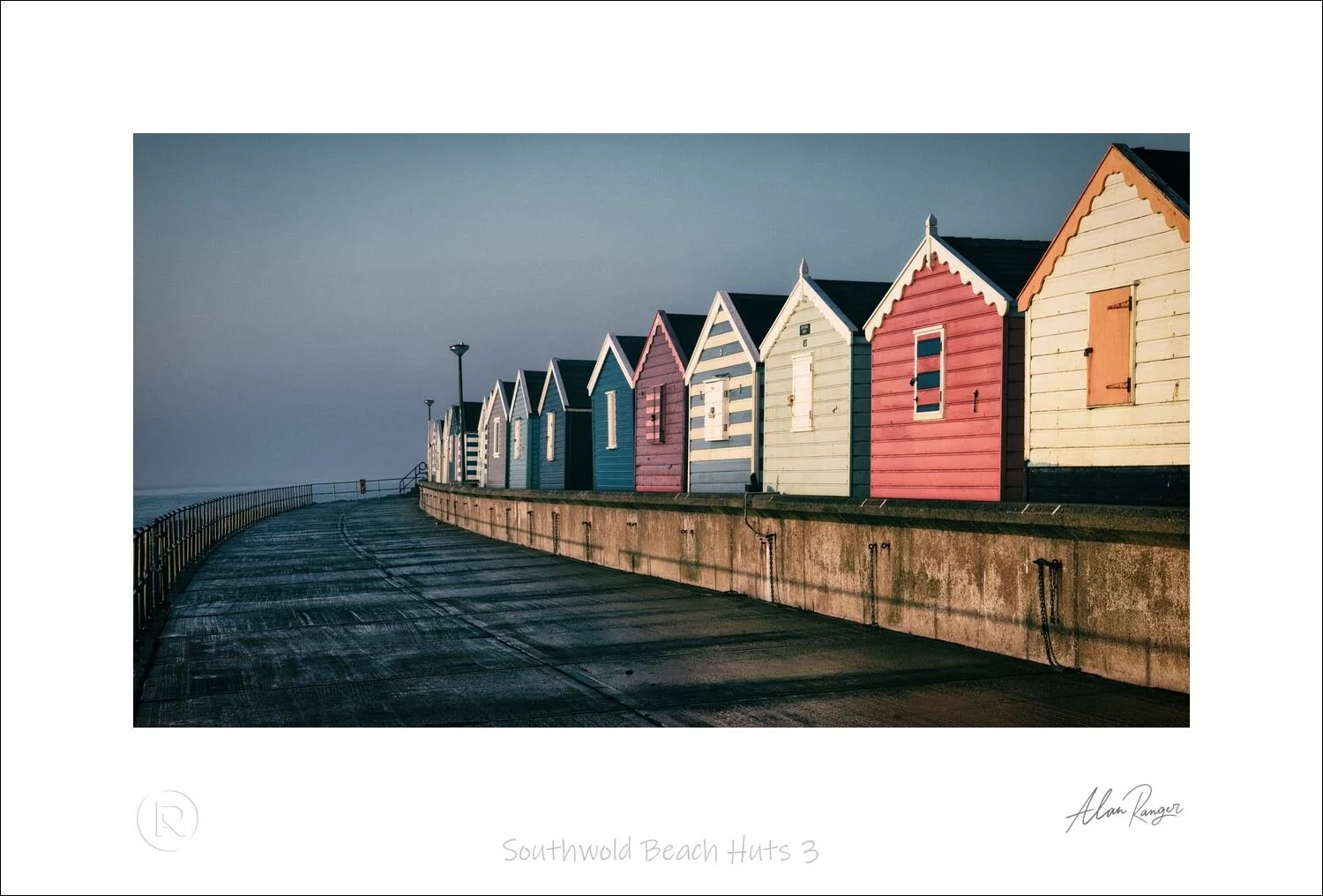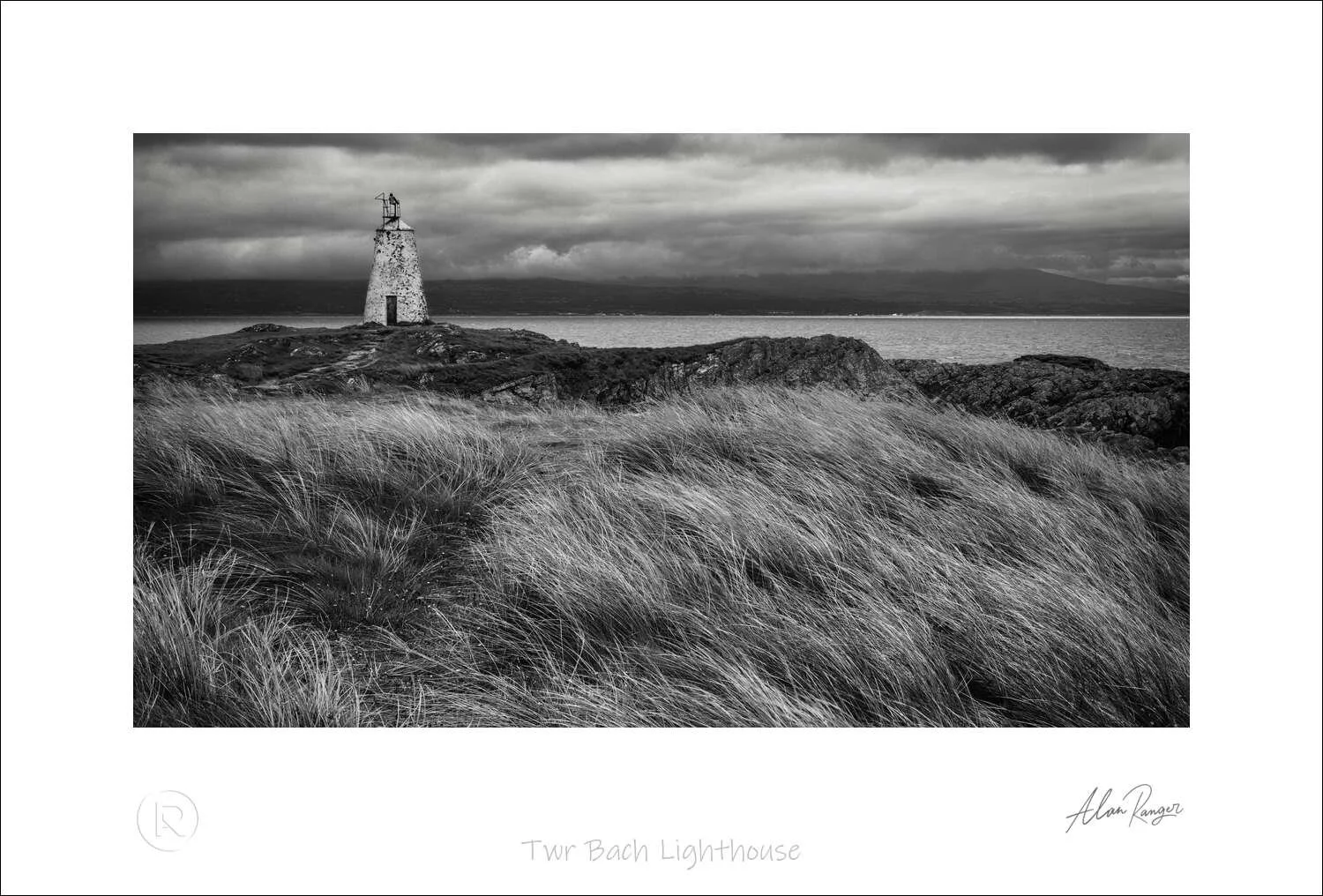Finding Your Compositional Balance: A Guide For Beginner's
Table of Contents Show
Introduction to Compositional Balance
Compositional balance is a cornerstone of captivating photography, shaping an image's visual appeal and impact. It influences how viewers perceive and connect with photographs, guiding their eyes through the frame and creating a sense of harmony or tension. Mastering this fundamental principle empowers photographers to craft more engaging and visually striking images, from portrait photography to architectural photography, regardless of their subject matter or style.
This guide delves into the essentials of compositional balance, exploring various photography techniques to enhance photographic compositions. It covers critical concepts such as symmetry, the golden ratio, and balancing elements of different sizes. By understanding these principles and geometric principles, photographers can develop their skills to create more dynamic and aesthetically pleasing images with harmonious proportions. Whether you're a beginner or looking to refine your technique, this guide offers valuable insights to elevate your photography and unleash your creative potential.
Symmetry in Compositional Balance
Symmetry plays a crucial role in creating visually appealing and balanced compositions in photography. It influences how viewers perceive and connect with images, often evoking feelings of formality, elegance, and harmony. Photographers can harness the power of symmetry to guide the viewer's eye and create a sense of order within their image framing.
Finding natural symmetry
Natural symmetry abounds in the world around us. Photographers can spot it in various forms:
Reflexion symmetry: Often seen in water reflections, this type of symmetry mirrors elements around a central axis.
Rotational symmetry: Found in subjects like flowers, where elements rotate around a common centre, creating mesmerising natural patterns.
Translational symmetry: Observed in repeating patterns, such as fence posts or architectural features with intersecting lines.
To effectively capture natural symmetry, photographers should look for reflective surfaces, geometric shapes in architecture, and patterns in nature. Water bodies, polished floors, and even sunglasses can offer opportunities for creating symmetrical compositions, as renowned photographers like Henri Cartier-Bresson and Ansel Adams masterfully demonstrate.
Creating symmetry through framing
Photographers can actively create symmetry in their images through careful framing and composition techniques:
Central axis focus: Place the subject at the heart of the frame, commanding the viewer's attention.
Balanced elements: Ensure visual elements on both sides of the central axis have equal weight.
Leading lines: Use centred lines and patterns to guide the viewer's gaze towards the focal subject.
Depth symmetry: Arrange elements from foreground to background symmetrically, creating multi-dimensional balance.
When framing for symmetry, photographers should pay attention to crisp lines, well-defined shapes, and the repetition of elements within the frame. This deliberate arrangement contributes to the golden ratio image's overall sense of balance and harmony.
When to break the symmetry
While symmetry can create visually striking golden ratio images, it's essential to know when to break it:
To add interest: Perfect symmetry can sometimes appear static or dull. Introducing a slight asymmetrical element can make the golden ratio composition more dynamic.
To create focus: Breaking symmetry in one area of the golden ratio photo can draw attention to a specific subject or element.
To enhance realism: Since perfect symmetry is uncommon, breaking it slightly can add a sense of authenticity to the golden ratio picture.
By thoughtfully incorporating or breaking symmetry, photographers can create compositions that are not only visually pleasing but also emotionally impactful. These compositions guide the viewer's eye and effectively convey their intended message. This approach to photography is exemplified in the works of masters like Annie Liebovitz.
The Golden Ratio in Photography
The golden ratio, a mathematical ratio with a value of approximately 1.618:1, influences the creation of visually appealing and balanced compositions in golden ratio photography. This principle, represented by the Greek letter phi (φ), is found in nature, art, and architecture and has been used by artists for centuries to craft aesthetically pleasing works with harmonious proportions. Also known as the golden mean or divine proportion, the golden ratio is a powerful tool for photographers seeking to elevate their craft.
The Golden Ratio is a number that's (kind of) equal to 1.618, just like pi is approximately equal to 3.14, but not exactly. You take a line and divide it into two parts – a long part (a) and a short part (b). The entire length (a + b) divided by (a) is equal to (a) divided by (b). And both of those numbers equal 1.618
Understanding the Golden Spiral
The golden spiral, derived from the Fibonacci sequence, is a powerful tool for photographers to create dynamic compositions in golden spiral photography. To construct this Fibonacci spiral:
Draw a series of squares based on the Fibonacci sequence
Connect the corners of these squares with a curve
The resulting golden spiral in photography guides the viewer's eye through the image
Photographers can use this Fibonacci spiral to lead the viewer's attention to the main subject, typically placed at the centre of the smallest square or at the spiral's origin.
Applying the golden ratio to landscapes
Landscape photography particularly benefits from the golden ratio:
Divide the frame using the golden ratio grid (1.618:1 ratio)
Place the horizon along one of the horizontal lines
Position key elements at the intersections of these lines
This approach creates a more natural and harmonious balance compared to the rule of thirds, especially in scenes with strong leading lines or when capturing seascapes with colourful sunsets.
Using the phi grid
The golden ratio overlay, also known as the phi grid, is similar to the rule of thirds but aligns with the golden ratio:
Open a camera app with a golden ratio grid overlay
Position the main subject along the grid lines or at intersections
Align natural curves or leading lines with the grid
Rule of Thirds, Phi Grid, Symmetry, Fibonacci Spiral, Golden Triangle, Vanishing Point
This method helps photographers create balanced compositions while maintaining a level horizon. The slight tension introduced by the smaller middle section adds a dynamic element to the golden ratio image, holding the viewer's attention.
By incorporating the golden ratio into their work, photographers can create more visually pleasing and impactful images that naturally draw the viewer's eye to the intended focal points. The golden ratio is a powerful tool for achieving aesthetics and proportion in photography.
Balancing Elements of Different Sizes
The concept of visual mass
Visual mass is a crucial concept in compositional balance. It refers to the capacity of an element to attract the viewer's attention. Larger objects typically have more visual weight than smaller ones, but other factors such as colour, tone, and shape also contribute. Light tones, for instance, have more visual mass than dark tones, naturally drawing the eye to highlights in a golden ratio photo.
Understanding visual mass helps photographers decide where to place subjects within the frame. Rather than rigidly adhering to the golden rule of photography, it's beneficial to consider the entire frame and how all elements interact. This approach ensures that no single area overpowers others, creating a seamless whole where everything works together harmoniously.
Balancing Visual Mass
Techniques for balancing unequal elements
Balancing elements of different sizes requires careful consideration of their visual weight. Here are some techniques to achieve this:
Use negative space: Arrange both positive elements and negative space to create equilibrium.
Employ tonal contrast: Balance light and dark tones. For example, a small area of light tone can balance a larger area of dark tone.
Utilise asymmetry: Create dynamic compositions by distributing visual weight unequally but maintaining overall balance, as seen in the golden triangle composition.
Consider scale and proportion in photography: Vary the sizes of elements to establish hierarchy and guide the viewer's attention.
Creating harmony with size variation
Size variation can create visual interest and depth in a composition. To create harmony:
Use the foreground and background: Place the primary object in the foreground and balance it with blurred elements in the background.
Play with scale: Make certain elements disproportionately large or small to draw attention or create a unique effect, as exemplified in the golden section photography.
Balance large expanses with smaller, detailed areas: For instance, in landscape photography, a small, detailed rock formation can balance a large expanse of sky.
By thoughtfully applying these techniques, photographers can create visually balanced compositions that engage viewers and effectively convey their intended message, even when working with elements of vastly different sizes. Post-processing can further enhance the balance and impact of the final golden ratio image.
Conclusion
Mastering compositional balance is key to creating captivating photographs that resonate with viewers. By understanding and applying principles like symmetry, the golden ratio, and balancing elements of different sizes, photographers can craft images that are visually pleasing and emotionally impactful. These techniques give photographers the tools to guide the viewer's eye, create harmony or tension, and effectively convey their intended message.
As photographers continue to hone their skills, they'll find that compositional balance is not just about following rules, but about developing an intuitive sense of visual harmony. This understanding allows for creative freedom, enabling photographers to know when to follow guidelines and when to break them for artistic effect. With practise and experimentation, photographers can elevate their work, creating golden ratio images that not only capture moments but also tell compelling visual stories.
FAQs - Compositional Balance
1. How can one create a well-balanced composition?
To create a well-balanced composition, aim for an optimal blend of contrast and harmony. Introducing contrast by using elements that differ in colour, size, shape, or texture adds visual interest and creates dynamic tension, drawing the viewer's attention to specific parts of the composition.
2. What are some guidelines for using composition in art?
Here are some key rules to enhance your compositional skills:
Simplify the scene to enhance focus.
Fill the frame to leave no empty distractions.
Alter the aspect ratio to suit the subject.
Avoid placing the subject in the centre to create interest.
Use leading lines to guide the viewer's eye.
Allow space for movement within the frame.
Be mindful of the backgrounds to ensure they complement the subject.
Use natural or artificial frames within the shot.
3. How can I improve my skills in photographic composition?
To enhance your photographic composition, consider these techniques:
Pay attention to both background and foreground elements.
Use colours effectively to create mood and focus.
Incorporate triangles in your layout for stability and direction.
Include lines to direct the viewer’s gaze.
Utilise patterns to add depth and interest.
Provide space around your subject to avoid a cramped composition.
Fill the frame to focus closely on your subject.
Change your perspective to add uniqueness to your photos.
4. What tips can help me learn effective composition in art?
Here are several tips to refine your composition:
Establish a clear focal point to draw attention.
Use figure/ground relationships to balance dominant and subdominant elements.
Consider splitting your composition down the middle for symmetry.
Think in terms of horizontal and vertical elements to add structure.
Apply the Rule of Thirds for balanced placements.
Explore the Golden Section for a natural-looking composition.
Use an odd number of elements to create visual interest.
Avoid tangents that can distract or confuse the viewer.
Take The FREE Online Photography Crash Course
Free Online Photography Course For Beginners
Join The Alan Ranger Photography Academy
60 Articles Free to Access — There is generally less than 10 minutes of reading time per module but enough (8-10 hours in total of reading for self-teaching) to get you started on your journey to understanding photography, camera settings, composition, and creating your vision and style. Read, digest, and practise at your own pace.






























